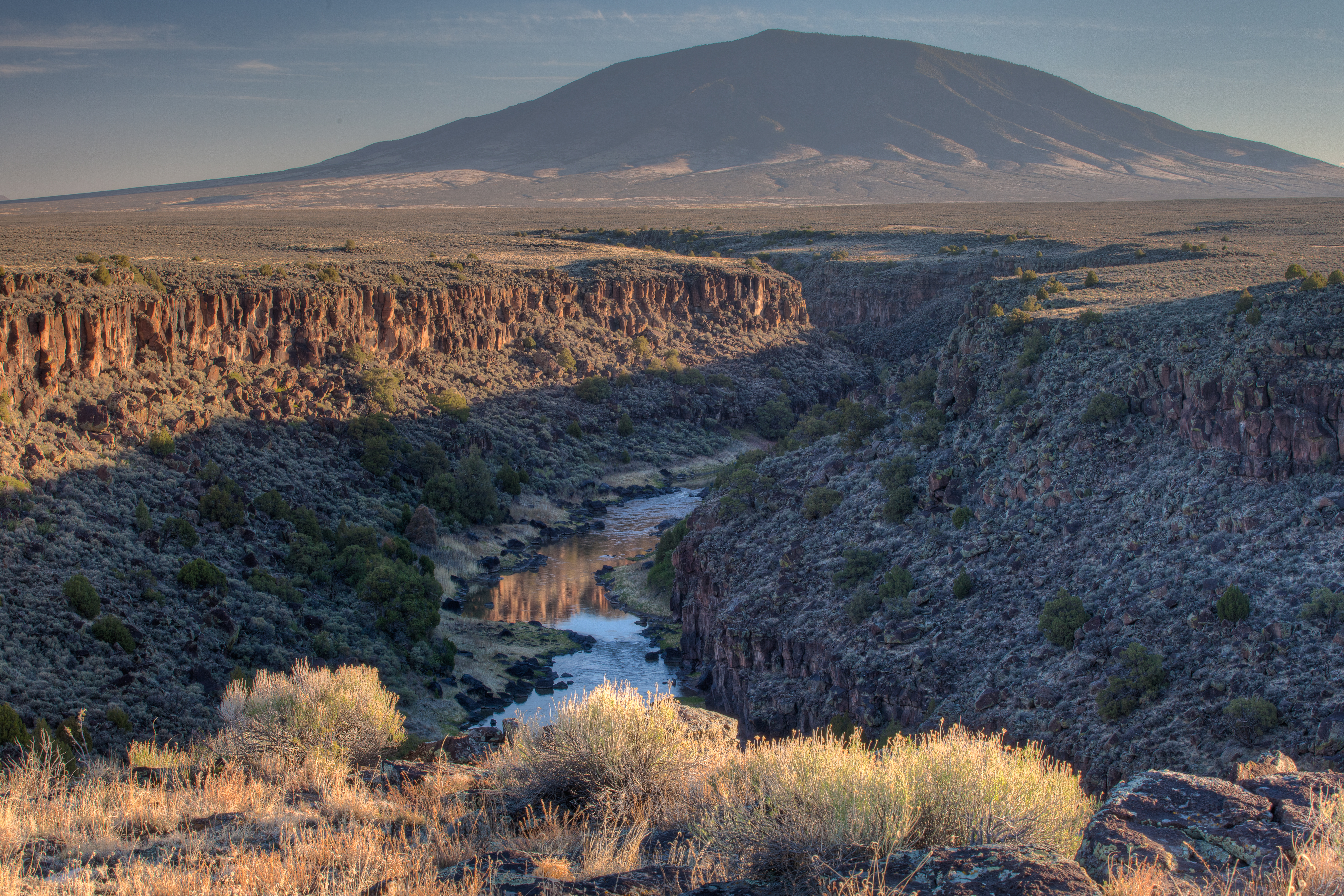
Bianca Greeff, Graduate Assistant.
River basins are complex systems—especially when they cross state boundaries. There are some general institutional arrangements over the Western United States that allow for some commonalities in management. But the social, economic, and physical characteristics of these systems makes each basin unique. The complexity of these systems and diverse interests of those who use them make efforts to adapt to water scarcity a challenge.
Edella Schlager, School of Government & Public Policy at the University of Arizona, will share how state and water users’ efforts to adapt to hydrological variability is shaped by social and political institutions at the GCSC Seminar Series on Tuesday, Feb. 6, 4-5 p.m. in 210 ASB.
The Western United States interstate water use agreements were devised prior to 1970. A lot has changed since then. Increasing populations and environmental issues, like climate change, have changed both the supply of water and the demand for it. The governing agreements don’t necessarily reflect these recent changes, and thus present a number of challenges that need to be overcome to productively adapt.
“Not only are there physical systems, infrastructure, that have been built to reflect these intergovernmental agreements, but economies have also been developed around these agreements,” explained Schlager. “So, trying to adapt the agreements to changing circumstances while still accounting for the built systems’ economic and physical characteristics has been a challenge.”
Adaptive governance manages resources in the face of complex environmental changes and the uncertainty those changes bring. In other words, adaptive governance is a response to changing ecological and social conditions. Some adaptation efforts are productive and allow for the flexibility needed to resolve problems. Other times, the adaptations might have unexpected outcomes or other consequences that make them less productive. The productivity of adaptation efforts is greatly influenced by how well governing arrangements are matched to the ecological setting.
“One of the biggest challenges is getting the states and the different water users and water managers to coordinate their use of the river basin,” explained Schlager.
In a complex system, like river basins, there are many water users who represent a number of concerns and interests. These users include state and national governments, as well as municipal, agricultural, and environmental organizations and communities. Schlager notes there are typically strong incentives for water users not to cooperate. For example, water users have little incentive to cooperate or restrict their use if they don’t directly receive the benefits. After spending the past ten years looking at transboundary river basin conflicts and governance, Schlager has identified the conditions in which cooperation emerges, how conflicts can best be addressed, and how governing arrangements are being adapted to new circumstances.
In her talk, Schlager will examine how efforts to adapt to water scarcity are influenced by governing arrangements, as well as the cooperation and coordination of governments, organizations, and individuals. Looking at the social and political institutions that shape individual and organizational use of water is an important way to understand the interactions between river basin users.
To learn more, attend Schlager’s lecture, “Water Scarcity, Governance, and Adaptation in Western Transboundary River Basins” on Tuesday, Feb. 6 at 4 p.m. in 210 ASB.
Cover Photo: Rio Grande WSR by BLM via Flicker CC BY 2.0
